What Is Additive Manufacturing?
Description
Additive manufacturing is a contemporary production method. In this process, objects are built up layer by layer based on computer-aided designs. Although this method is not new, it has gained significance over the last 20 years. Many companies in aerospace, automotive, healthcare and consumer goods utilise this process. It enables the rapid production of custom parts with reduced waste.
This article explains how additive manufacturing operates, its advantages, and how it differs from other manufacturing methods.
Why is it Referred to as Additive Manufacturing?
The name is derived from the manner in which parts are assembled layer by layer. Instead of removing material from a larger block, material is added only where needed. This method reduces waste and permits the production of parts with complex configurations. It is particularly useful when non-standard geometries or internal structures are required. For example, lightweight structures with internal lattice supports are achievable using this technique.
By adding material only in specified areas, the process yields parts that are both efficient in material use and capable of accommodating complex designs.
Additive Manufacturing and Three-Dimensional Printing
Three-dimensional printing is a commonly used term for additive manufacturing. Both terms describe the principle of constructing an object layer by layer. In recent years, three-dimensional printing has evolved from a hobbyist practice to a professional application. A typical example is the manufacture of custom medical implants. Engineers print parts designed precisely to match the patient’s anatomy. The same concept finds application in automotive production, where prototypes are quickly produced and tested before mass production. In domestic settings, small parts and artistic objects are printed using simple three-dimensional printers.
Additive Manufacturing vs. Conventional Manufacturing
l Conventional manufacturing methods often rely on subtractive processes. In these methods, parts are cut or milled from a larger block, which can result in significant raw material waste. In additive manufacturing, the final object is produced by adding material only where necessary. Consequently, precision and material efficiency are improved.
l Conventional methods require multiple steps and tools. In contrast, additive manufacturing produces an object with a single machine that constructs the part layer by layer. The time from design to finished part is typically reduced.
l Many small enterprises now employ additive manufacturing. They can design and print a part within their workshop and test it immediately.
In practice, both methods have valid applications. Conventional methods may be cost efficient for uniformly mass-produced items. For custom or intricate parts, additive manufacturing is preferred.
Materials for Additive Manufacturing
l A wide range of materials is used in additive manufacturing.
l Plastics are widely employed. They are lightweight and can be processed with relative ease. When producing prototypes, plastics perform well. However, metals are increasingly utilised.
l In the aerospace and automotive sectors, metals such as titanium and steel are frequently used. For instance, the aerospace industry prints lightweight yet stable metal components.
l Ceramics constitute another group of materials that are used in specific applications. They are employed when high heat resistance is required. Even biocompatible materials are incorporated in additive manufacturing. Some medical researchers use biocompatible substances to print tissue scaffolds.
Each material exhibits distinct properties. Metals typically require high temperatures to melt, whereas plastics melt at lower temperatures. These differences necessitate specialised machinery and careful process control.
Read more: Additive Manufacturing vs. Traditional Manufacturing
Types of Additive Manufacturing Processes
There are various types of additive manufacturing processes, each with its own strengths and applications. These processes include:
- Fused Deposition Modelling (FDM): In this widely used technique, a thermoplastic filament is extruded through a heated nozzle. It is often utilised for prototyping and the production of cost-efficient parts.
- Selective Laser Sintering (SLS): In this process, a laser sinters powdered materials, usually plastics or metals, thereby forming a solid structure. SLS is appropriate for producing complex and durable parts.
- Stereolithography (SLA): In SLA, a laser cures liquid resin layer by layer. This method is known for its high precision and is frequently applied in the dental and jewellery sectors.
- Direct Metal Laser Sintering (DMLS): In this process, a high-performance laser fuses metal powder into solid parts. It is used in industries that require high-strength metal components.
- Binder Jetting: In this method, a liquid binder is applied selectively to a powdered material, which is then heated to form a solid component. It is used for metals, sand, and ceramics.
Conclusion
Additive manufacturing has altered the method by which parts are produced. Its name is derived from the layer-by-layer construction process employed during production. Many industries use this technology to reduce both time and cost. The materials utilised range from basic plastics to high-quality metals and ceramics. Each process, whether Fused Deposition Modelling, Selective Laser Sintering or another method, is designed for specific requirements. The field continues to expand.
Frequently Asked Questions
F: What is additive manufacturing?
A: It is a method in which objects are built up layer by layer based on computer-aided designs.
F: Can metals be used in additive manufacturing?
A: Yes, metals such as titanium and steel are frequently printed using these processes.
F: How do parts produced by additive manufacturing differ from conventional parts?
A: They involve precise placement of material, thereby reducing waste and enabling the production of complex shapes.

 Bars
Bars
 Beads & Spheres
Beads & Spheres
 Bolts & Nuts
Bolts & Nuts
 Crucibles
Crucibles
 Discs
Discs
 Fibers & Fabrics
Fibers & Fabrics
 Films
Films
 Flake
Flake
 Foams
Foams
 Foil
Foil
 Granules
Granules
 Honeycombs
Honeycombs
 Ink
Ink
 Laminate
Laminate
 Lumps
Lumps
 Meshes
Meshes
 Metallised Film
Metallised Film
 Plate
Plate
 Powders
Powders
 Rod
Rod
 Sheets
Sheets
 Single Crystals
Single Crystals
 Sputtering Target
Sputtering Target
 Tubes
Tubes
 Washer
Washer
 Wires
Wires
 Converters & Calculators
Converters & Calculators
 Write for Us
Write for Us
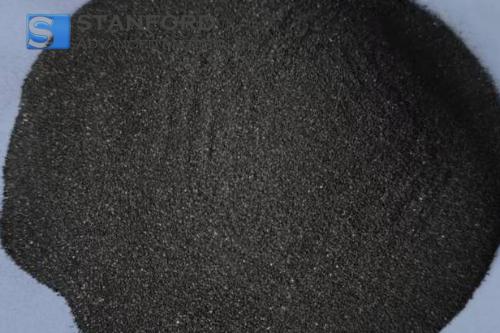
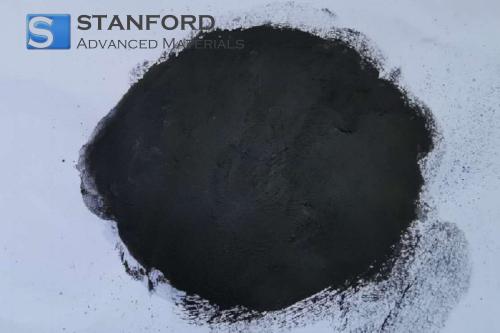
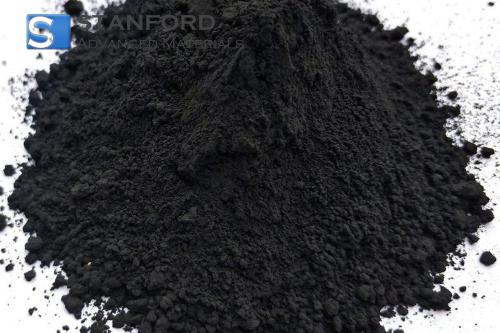
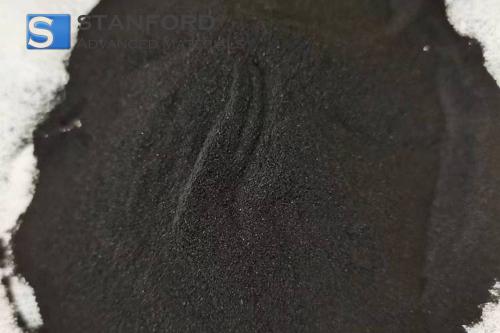
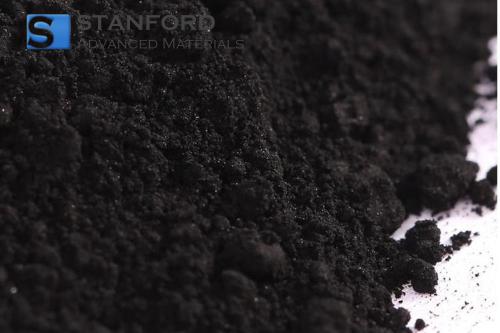
 Chin Trento
Chin Trento



